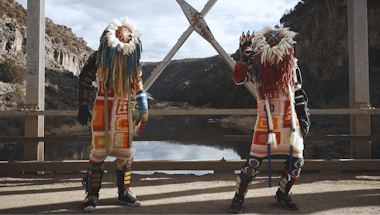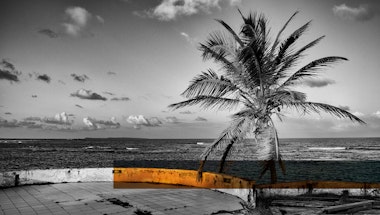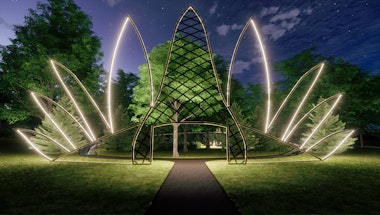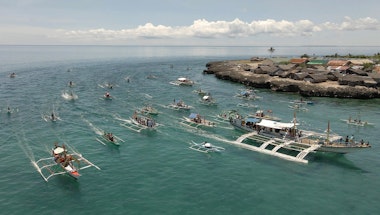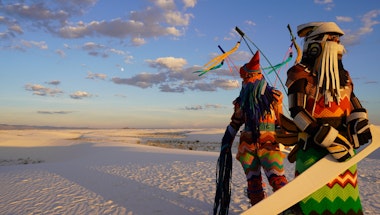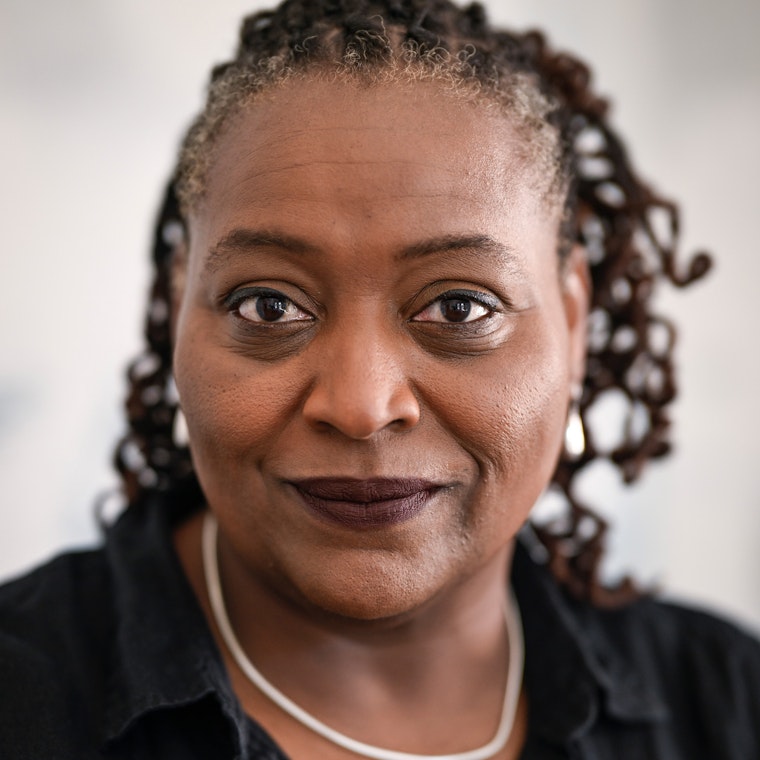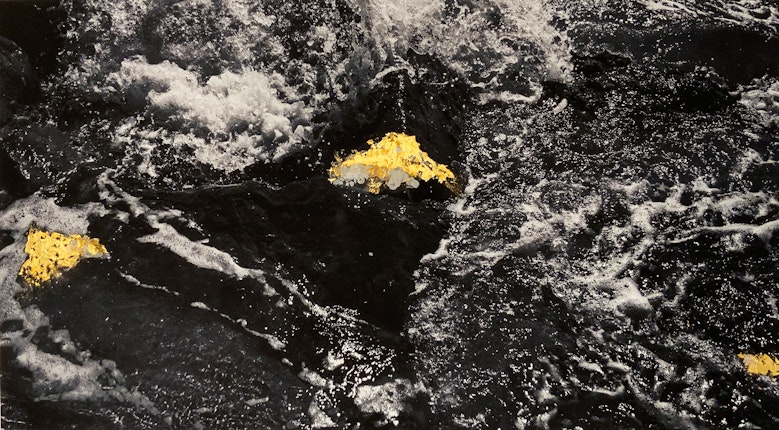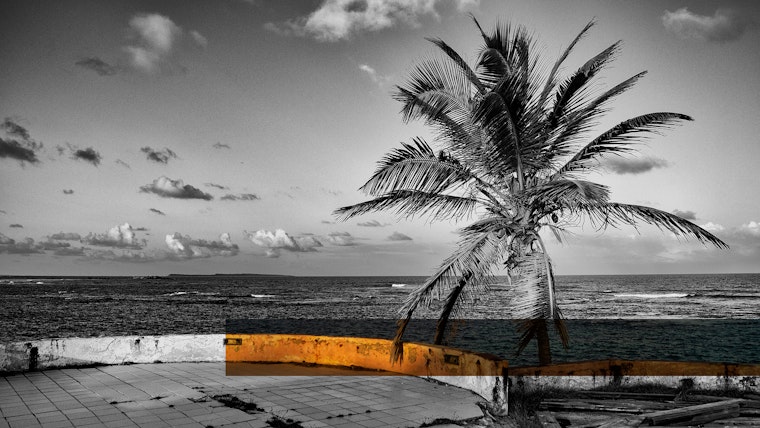
Loss of Land and Culture
Deborah Jack is a St. Maarten and Jersey City-based artist whose work examines the connection between the loss of culture and environment. Much of her work builds on the concept of hurricanes as the sea’s memorial of the Middle Passage and the trauma the slave trade inflicted on Black communities that remains unresolved today—themes that are becoming all the more relevant as climate change fuels the storms’ destructive power.
Jack’s Soros Arts Fellowship supports To Make a Map of My Memory: Wayfinding Along Synaptic Topographies, a project involving interviews with the elders of St. Maarten—or Soualiga, meaning “land of salt” in its Indigenous language—for a video archive examining changes to the island’s landscape over their lifetimes.

The archive—to be preserved on the island for the people, rather than captured externally from a colonialist or tourist lens—will be used as part of an exhibit, along with archival footage, sound, and still photography, to call attention to the dramatic changes to the 37-square-mile island caused by climate change and rapid development.
“My goal is to tell the stories of the people of St. Maarten by using aspects of nature and our culture and our history. It’s really about using the archives of the people themselves and their memory to construct our identity and our notion of who we are as a country. Because that’s who we are.”
— Deborah Jack
The community-centered archives incorporated into many of the artists’ practices reflect how colonialist and white supremacist forces have attempted—and in many places continue—to take control of both land and historical record across the world. These archives serve to reclaim cultural memory and reconnect communities with their homelands—and the practices by which they live within their environments, rather than dominating them.
Halfway across the world in Palestine, Nida Sinnokrot’s project Storytelling Stones: How far does your mother’s voice carry? will share cultural memories by weaving together new media and heritage architecture. Sinnokrot employs images, technologies, everyday objects, and traditional practices of building and growing to promote critical and civic engagement by those participating in the artwork.
For the Soros Arts Fellowship, Sinnokrot will engage with his community to rescue a historic mintar from imminent threat. Mintars are representative of Palestine’s agrarian heritage at a time when commons flourished, before colonial ideas of land possession took root—and many mysteries remain about how these shelters were built without the use of heavy machinery or mortar to hold the cut stones in place. In this project, participants will work together to disassemble, transport, and reassemble one of these structures. In its new location, an innovative application of sonification techniques will allow the spaces between the stones to resonate like holes in a flute, activating the mintar as a musical instrument and sonic archive.

This project serves as a response to the erasure of cultural landscapes and memory due to colonial land dispossession and rapid urbanization in Palestine. It aims to rekindle cultural history and ecological awareness through oral histories and acoustic ecologies, creating a dynamic blend of the material and the ephemeral. Through a participatory approach, the mintar becomes a space for the circulation of knowledge, sensation, and memory, acquainting a wider public with the social and cultural history of these shelters in a new kind of community archive.
Beyond the obvious connection of the capture of cultural memory, the works of both Jack and Sinnokrot reflect how outside forces have sought to erase aspects of their communities. For Jack, “island consciousness” means learning to work together in a small space, even if you don’t like your neighbor. In Palestine, ancient concepts of commons were first challenged by the Ottoman Empire, then British and ultimately Israeli colonizers as well as by Palestinian developers, dividing what’s left to survive under the current occupation. By reviving concepts of communal space, both of these projects offer an alternative view that centers our collective responsibility to take care of the Earth.
